Marc Hildebrant
TPF Noob!
- Joined
- Mar 8, 2021
- Messages
- 89
- Reaction score
- 5
- Can others edit my Photos
- Photos OK to edit
Group,
If the JPEG file is a "loss type", then when you are using the various tools in say Elements, does your picture continue to lose detail as you use the program?
If so, then the only digital software tool to use would be the ones made for raw files?
Marc
If the JPEG file is a "loss type", then when you are using the various tools in say Elements, does your picture continue to lose detail as you use the program?
If so, then the only digital software tool to use would be the ones made for raw files?
Marc


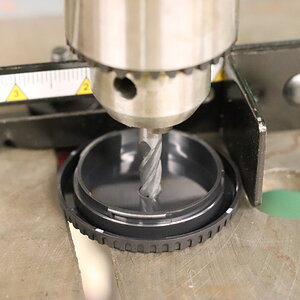
![[No title]](/data/xfmg/thumbnail/39/39184-d7e9fb25ed954af6adbcacfdf106df84.jpg?1619738904)
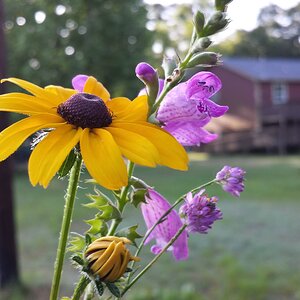
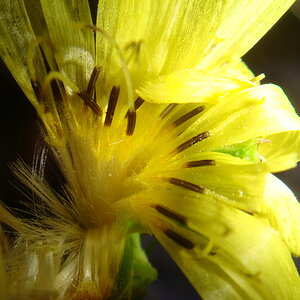

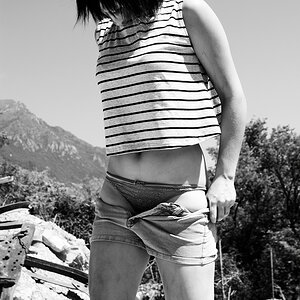
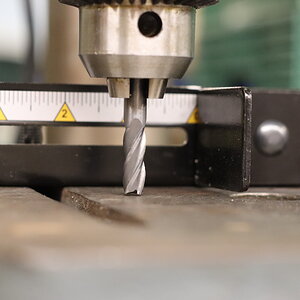
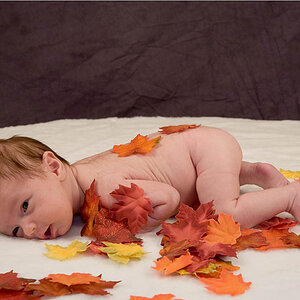
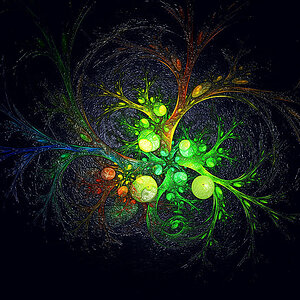
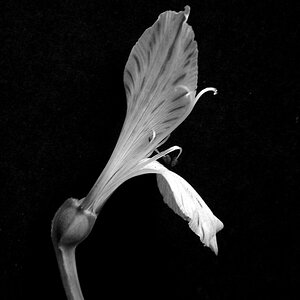
![[No title]](/data/xfmg/thumbnail/36/36395-66eaff4565ecf4245f13a9c469a9273b.jpg?1619737548)
